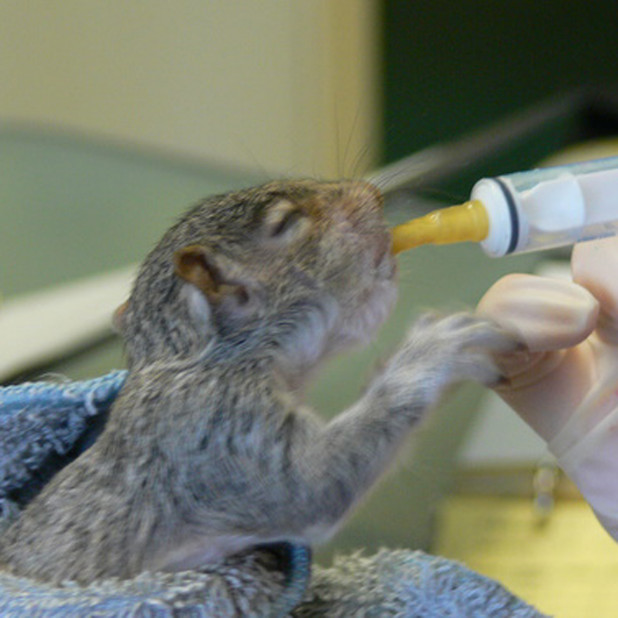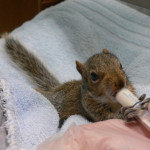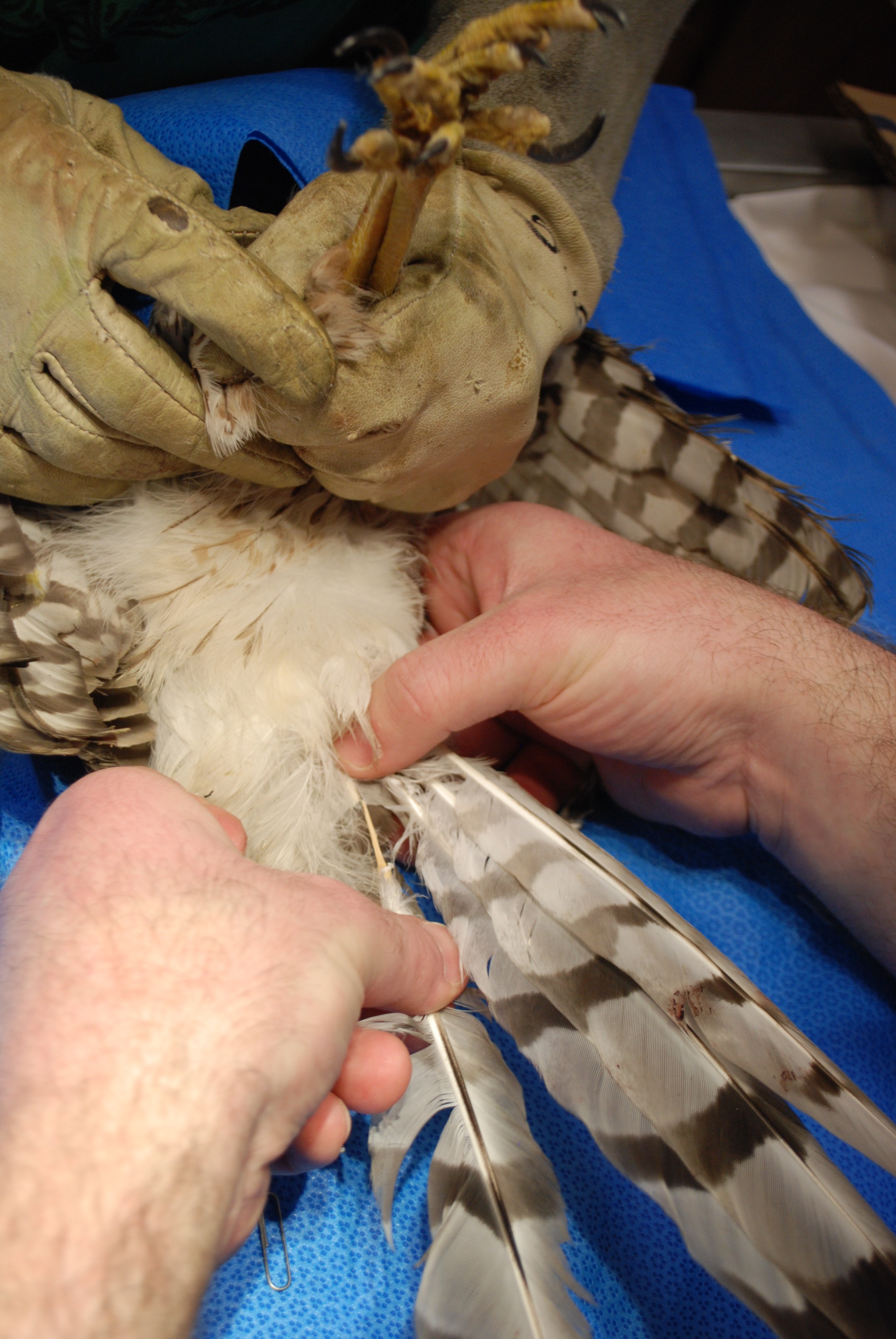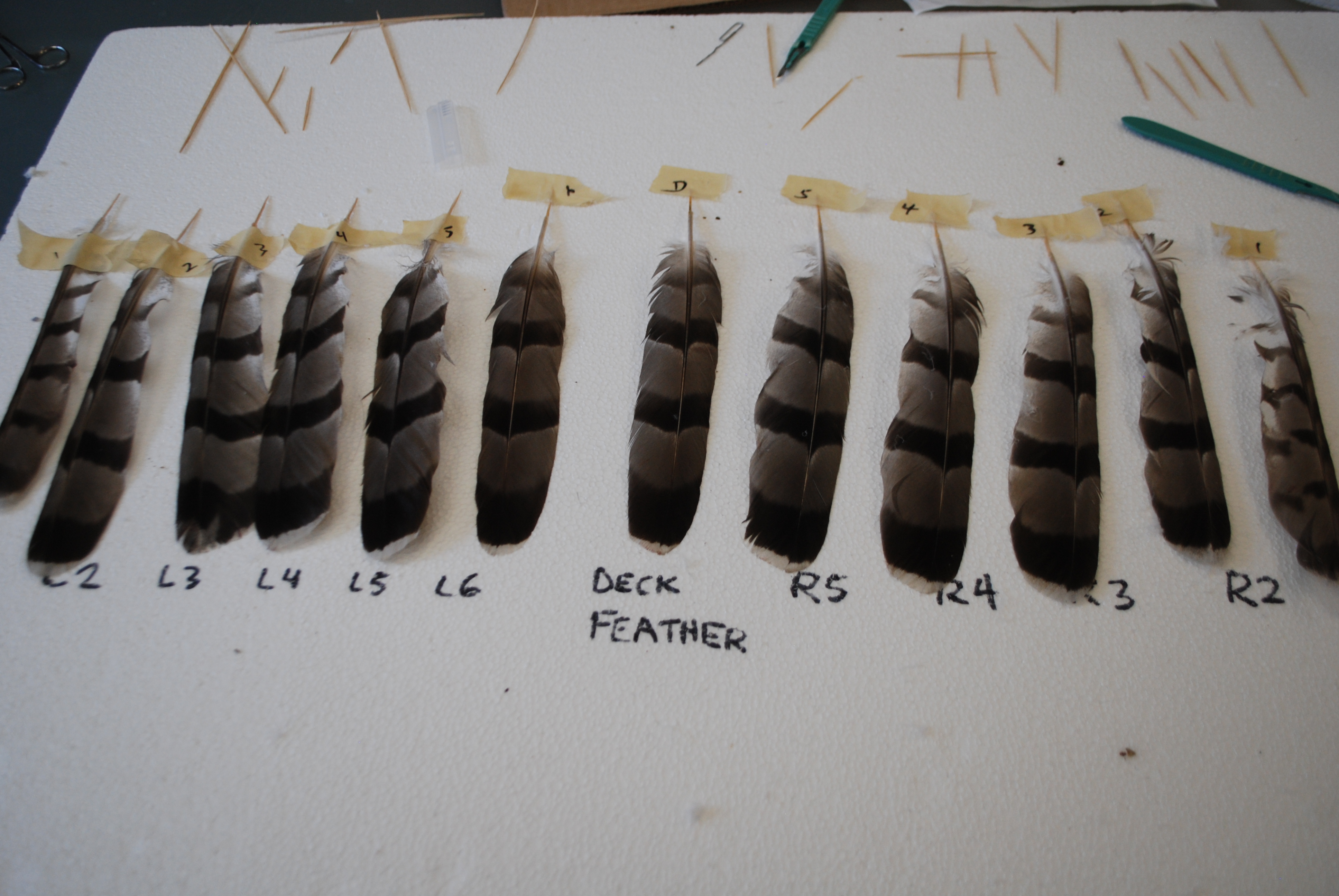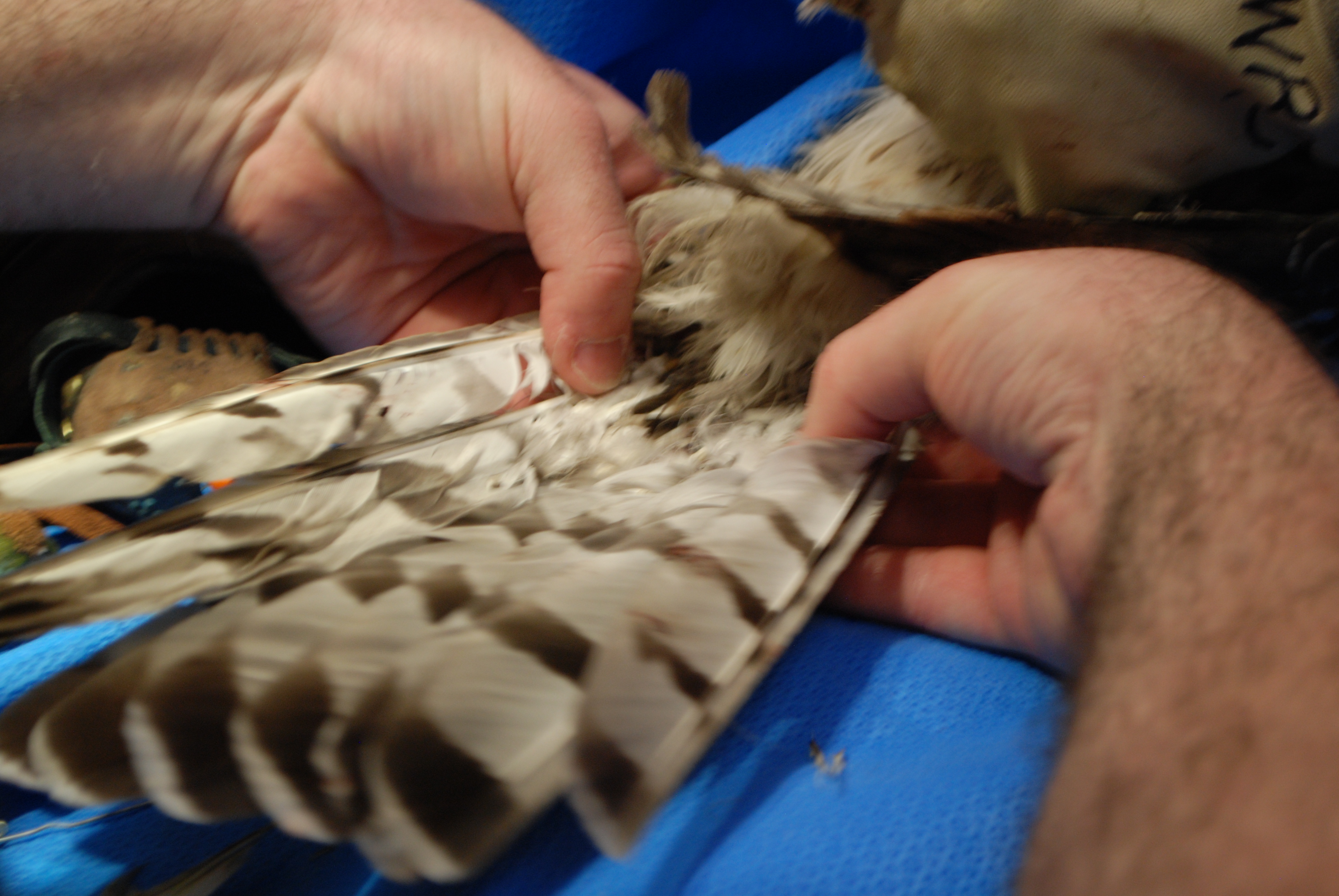While spending time in nature helps us to unplug and rejuvenate, finding the time to do so while surrounded by the hustle and bustle of the city can often be a challenge. If you’re looking to get away, there are great spots around Philadelphia to relax and refresh with the family. In addition to checking out these great spots, make sure to join us June 23–24 for the 14th annual Great American Backyard Campout, which is held in collaboration with the National Wildlife Federation. Spend the night under the stars, hike through the forest, and tell stories around the campfire… all while within city limits. Call 215-482-7300 x 137 to register. Check out these amazing spots within a short drive of city limits.
- Join us for the 14th Annual Great American Backyard Campout
French Creek State Park (1 hour 10 minutes)
Located in Berks and Chester counties, French Creek State Park is the largest block of continuous forest located between New York City and Washington, D.C. Its options for sleeping arrangements—everything from cabins to cottages to yurts to traditional tents—make it a great spot for both experienced and beginning campers alike.
Ricketts Glen State Park (2 hours 30 minutes)
Ricketts Glen is home to the Glens Natural Area—a National Natural Landmark. The park has 26 miles of trails. The most popular is the Falls Trail (a 7.2 mile loop), where visitors can view 21 waterfalls. There are shorter trail options with waterfall vistas as well.
Cape Henlopen State Park (2 hours 15 minutes)
Cape Henlopen offers a variety of recreational options. Climb to the top of the World War II observation tower, take the Seaside or Pinelands nature trails to explore coastal habitats, enjoy a game of disc golf, or spend the day relaxing on the beach.
Wharton State Forest (45 minutes)
Nestled within the Pine Barrens, the Atsion Recreation Area is at the heart of the forest. Named after the Atsion Mansion, the recreation area is situated on a 100-acre lake perfect for kayaking and canoeing.
- Setting up tents for the night
- Fishing at Wind Dance Pond during the Great American Backyard Campout


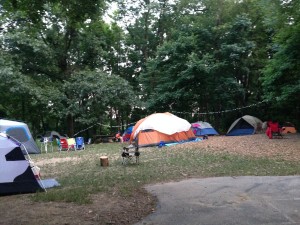
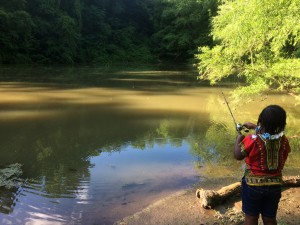
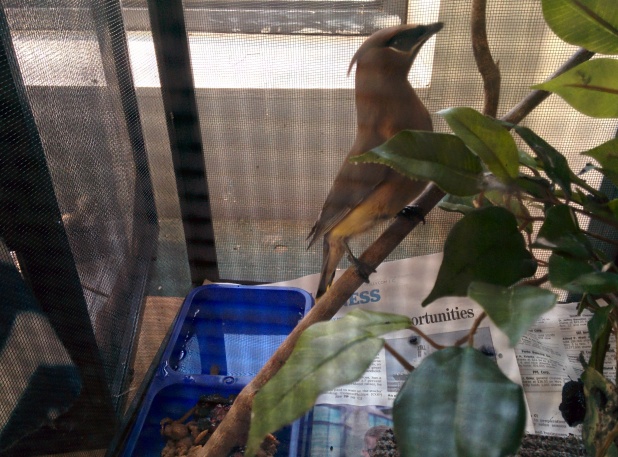
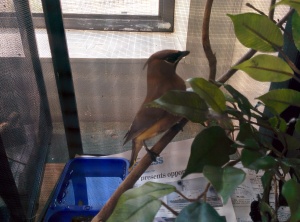 These symptoms are also connected with head trauma in wild birds, so that was also a possibility. But given his behavior, we didn’t think that was the case. He was much, much more ‘still’ than other concussed birds I’ve treated, and there was just something odd about the way he looked. Sure enough, after two days in the ‘drunk tank’ – after some anti-inflammatories, lots of fluids, and lots of free berries and worms from us, he started acting like a wild bird, completely scared of us and fluttering around and flying just like a normal wild bird. Sometimes birds like this fly into windows, or get stepped on, so he could have really been injured. I’m glad the woman was concerned enough to bring him to us.
These symptoms are also connected with head trauma in wild birds, so that was also a possibility. But given his behavior, we didn’t think that was the case. He was much, much more ‘still’ than other concussed birds I’ve treated, and there was just something odd about the way he looked. Sure enough, after two days in the ‘drunk tank’ – after some anti-inflammatories, lots of fluids, and lots of free berries and worms from us, he started acting like a wild bird, completely scared of us and fluttering around and flying just like a normal wild bird. Sometimes birds like this fly into windows, or get stepped on, so he could have really been injured. I’m glad the woman was concerned enough to bring him to us.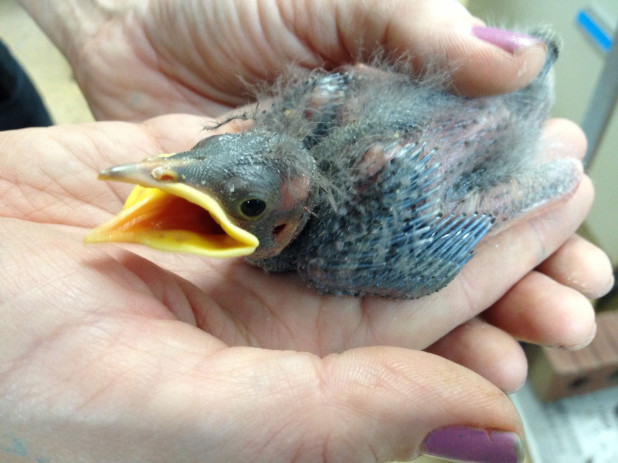
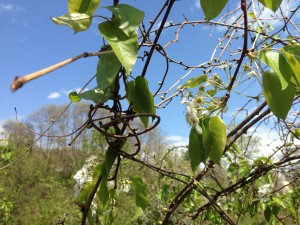 Toads, singing in afternoon sunlight. A basin in this field fills with water most of the year, creating a nice habitat for toads and other amphibians. Around the field and basin are vines, grasses, and flowering trees.
Toads, singing in afternoon sunlight. A basin in this field fills with water most of the year, creating a nice habitat for toads and other amphibians. Around the field and basin are vines, grasses, and flowering trees.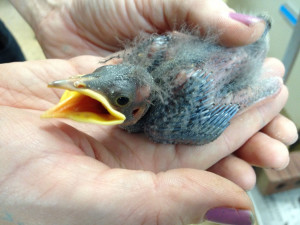
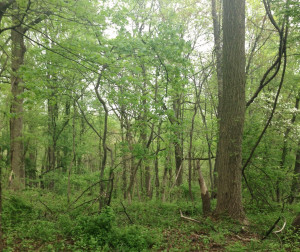
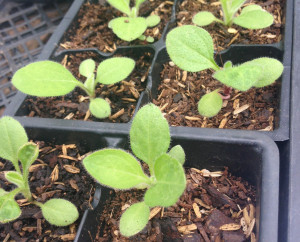 Melissa Nase, Manager of Land Stewardship, transplants tiny Rudbeckia, black-eyed Susan seedlings in the Native Plant Nursery. These seedlings were grown from seeds collected here at the Schuylkill Center.
Melissa Nase, Manager of Land Stewardship, transplants tiny Rudbeckia, black-eyed Susan seedlings in the Native Plant Nursery. These seedlings were grown from seeds collected here at the Schuylkill Center.